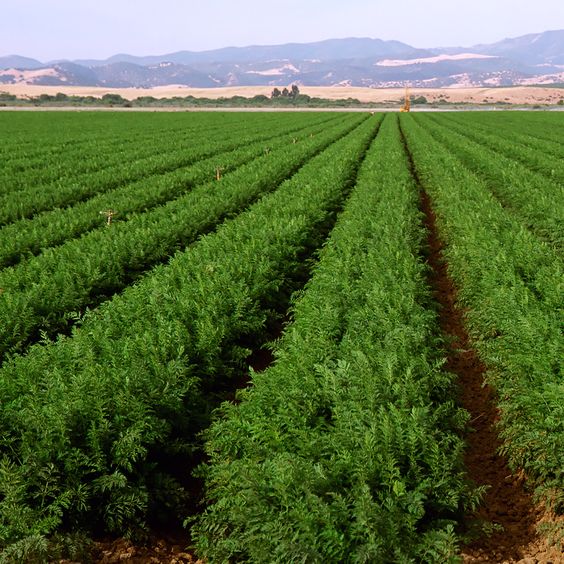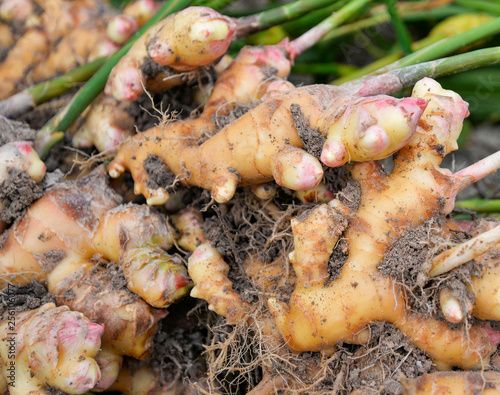Harnessing Nature’s Power: How Agricultural Organic Materials Drive Smart Agriculture
Agricultural Organic Materials sector is undergoing a significant transformation, driven by the emergence of Smart Agriculture. This revolutionary approach leverages technology and data to optimize farm management practices, leading to increased efficiency, productivity, and sustainability. While high-tech sensors and automation play a crucial role, the foundation of Smart Agriculture often lies in a more fundamental resource: agricultural organic materials.
Contents
Introduction to Agricultural Organic Materials
Agricultural organic materials encompass a wide range of naturally occurring, carbon-based components used in farming. This includes:
- Compost: Decomposed organic matter rich in nutrients and beneficial microbes.
- Manure: Animal waste that can be composted or directly applied to soil after proper treatment.
- Cover crops: Plants grown specifically to improve soil health, suppress weeds, and fix nitrogen.
- Crop residues: Remaining plant material after harvest, such as straw and stalks.
- Biochar: Charcoal-like material produced by pyrolysis (heating in the absence of oxygen) of organic matter.
These materials play a vital role in Smart Agriculture by providing a natural and sustainable approach to several key challenges:
- Soil Health: Organic materials improve soil structure, fertility, and water retention. This translates to healthier crops with increased resistance to pests and diseases.
- Nutrient Management: Composted manure and cover crops provide a slow-release source of nutrients, reducing reliance on synthetic fertilizers and minimizing potential environmental pollution.
- Carbon Sequestration: Biochar and composted materials store carbon in the soil, mitigating climate change impacts.
- Weed Suppression: Cover crops and mulches made from organic materials compete with weeds for resources and suppress their growth.
Integrating Organic Materials into Smart Agriculture Practices
The integration of agricultural organic materials with Smart Agriculture technologies unlocks a powerful synergy. Here are some specific examples:
- Precision Composting: Sensors and data analytics can optimize composting processes, ensuring efficient decomposition and maximizing nutrient content.
- Variable Rate Application: Smart machinery can apply compost and manure based on real-time soil data, ensuring targeted delivery of nutrients to areas that need them most.
- Robotic Weed Control: Robots equipped with computer vision and precision tools can utilize cover crops and mulches strategically to control weeds while minimizing soil disturbance.
- Biochar Monitoring: Sensors can monitor soil temperature and moisture levels in biochar-amended fields, aiding in long-term management strategies.
Benefits of Utilizing Agricultural Organic Materials in Smart Agriculture
There are numerous benefits associated with utilizing agricultural organic materials in a Smart Agriculture framework:
- Sustainability: This approach reduces reliance on chemical inputs, minimizes environmental pollution, and promotes carbon sequestration.
- Economic Efficiency: Organic materials can be a cost-effective alternative to synthetic fertilizers and herbicides, leading to increased farm profitability.
- Improved Soil Health: Long-term use of organic materials fosters healthy, fertile soil, laying the foundation for sustainable crop production.
- Enhanced Crop Quality: Healthier soil leads to healthier crops with improved yields and quality.
- Reduced Risk of Pests and Diseases: Strong soil promotes a diverse microbial community that helps suppress pests and diseases naturally.
Challenges and Considerations
Despite their numerous advantages, utilizing agricultural organic materials in Smart Agriculture presents some challenges:
- Logistics and Availability: Obtaining sufficient quantities of high-quality organic materials can be challenging, especially for larger farms.
- Composting Knowledge: Effective composting requires knowledge and expertise to ensure proper decomposition and nutrient content.
- Data Integration: Seamless integration of organic material use with data-driven decision making in Smart Agriculture systems requires innovation.
Overcoming Challenges and Looking Ahead
Innovation and collaboration hold the key to overcoming the challenges associated with integrating organic materials into Smart Agriculture. Here are some key areas of focus:
- Developing localized organic material supply chains: This could involve establishing on-farm composting facilities or partnerships with neighboring farms.
- Knowledge sharing and training: Providing farmers with clear and accessible information on composting, cover cropping, and other organic farming practices is essential.
- Investing in research and development: Further research on optimizing organic material use and integrating them effectively with Smart Agriculture technologies will be crucial.
Conclusion
Agricultural organic materials are not relics of the past; they are a powerful tool for the future of Smart Agriculture. By harnessing nature’s power through these resources, farmers can achieve greater efficiency, sustainability, and long-term success. Integrating organic materials with cutting-edge technologies paves the way for a future where agriculture thrives in harmony with the environment. The possibilities are vast, and the journey towards a smarter and more sustainable agricultural future has just begun.




